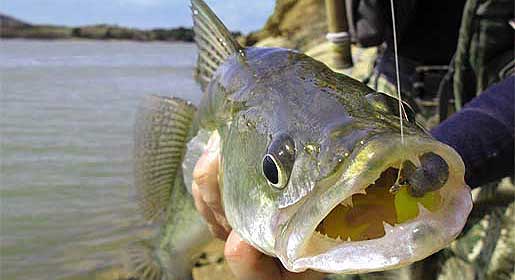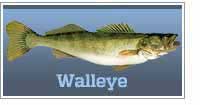Walleye Fishing In New Jersey
Best Walleye Fishing In New Jersey
Catch More Walleye

NJ Walleye fishing video
Walleye In New Jersey
Best Walleye Lakes In The State
In addition to the Delaware River, major lakes offering walleye fishing include Canistear Reservoir, Greenwood Lake, Lake Hopatcong, Merrill Creek Reservoir, Monksville Reservoir and Swartswood Lake. Walleye can also be found in other rivers, streams, small lakes and ponds throughout the state. Many of these waters are open to ice fishing in winter.
Click the images and links above for species details.
New Jersey State Record Walleye
The state record walleye was caught out of the Delaware River.
Top lures for walleye in New Jersey this year
Visit the walleye lures and bait page.
Walleye Resources
In-Fisherman - Walleye
U.S. Fish & Wildlife - Walleye
The National Wildlife Federation - Walleye
Find information about walleye, sauger or saugeye fishing in these states
112524
NEW JERSEY

NJ Bass Fishing
NJ Trout Fishing
NJ Catfish Fishing
NJ Walleye Fishing
NJ Striper Fishing
NJ Salmon Fishing
NJ Crappie Fishing
NJ Sunfish Fishing
Other Fishing In NJ

Greenwood Lake
Lake Hopatcong
Manasquan Reservoir
Merrill Creek Reservoir
Monksville Reservoir
Round Valley Reservoir
Spruce Run Reservoir
Union Lake



